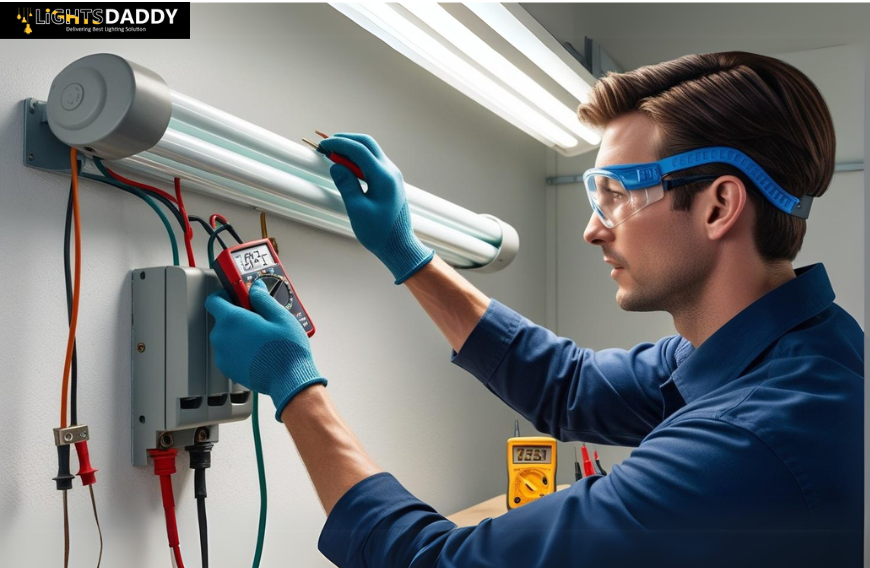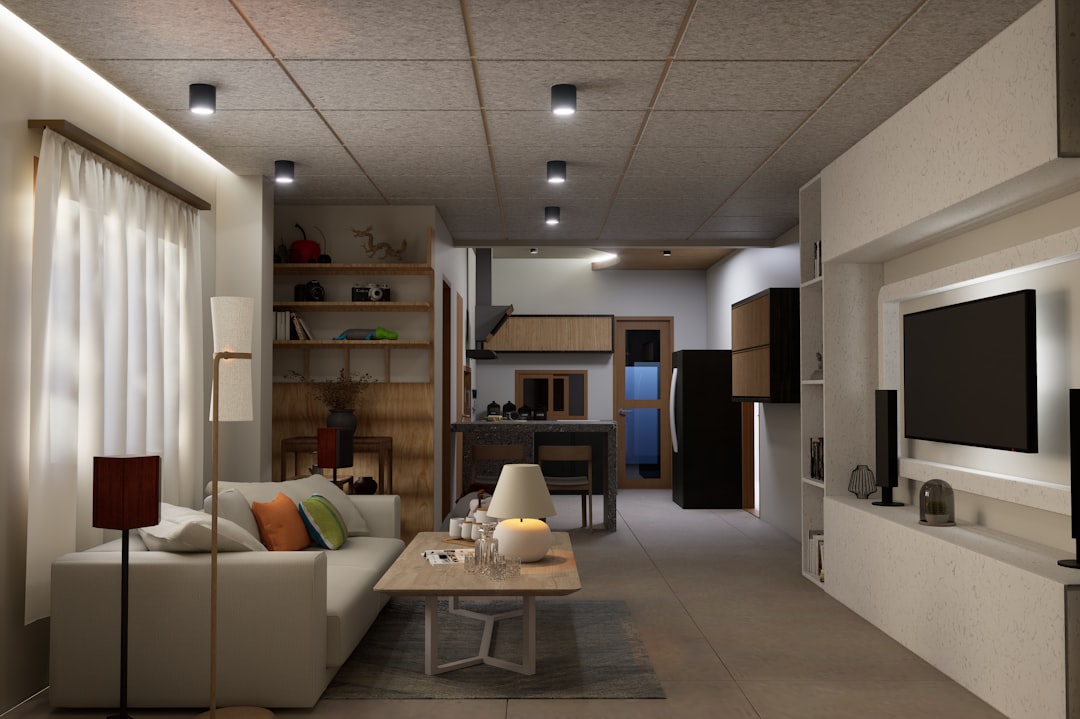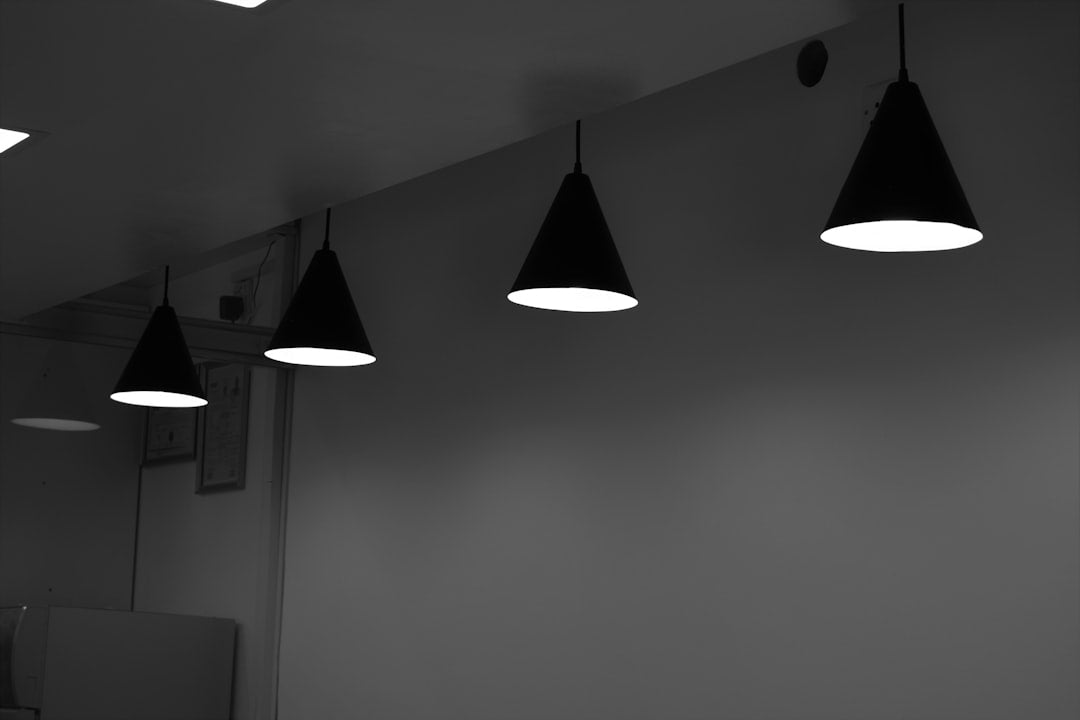If you're dealing with flickering or non-functioning fluorescent lights, it's crucial to learn how to tell if a ballast is bad before replacing bulbs unnecessarily. A malfunctioning ballast can cause a variety of issues that affect lighting performance and efficiency.
What Is a Ballast and Why It Matters
Ballasts regulate the current to fluorescent lamps and provide enough voltage to start the lamps. Without a properly working ballast, the light either won’t start or could operate unsafely.
Purpose of a Ballast in Fluorescent Lighting
The ballast controls the electrical current flowing to the lamp. It prevents the lamp from drawing too much power, which could cause overheating or burnout.
Differences Between Magnetic and Electronic Ballasts
Magnetic ballasts are older and heavier, typically producing a noticeable hum. Electronic ballasts are lighter, more energy-efficient, and eliminate flickering.
Signs Your Ballast Might Be Bad
If you notice performance issues in your fluorescent lights, the ballast could be the culprit. Recognizing early symptoms can save you time and replacement costs.
Flickering or Strobing Lights
Persistent flickering or lights that behave like strobe effects suggest unstable current regulation.
Buzzing or Humming Sounds
Unusual noises may indicate a magnetic ballast struggling to regulate power.
Slow or No Start
If lights take too long to turn on or don't light at all, the ballast might be failing.
Dim or Inconsistent Lighting
Inconsistent brightness or one light dimmer than the other in a dual-lamp fixture often points to a ballast issue.
Burn Marks, Swollen Casing, or Leaking Oil
Physical damage, swelling, or leaks from the ballast casing are clear signs it needs replacement—consider switching to a reliable Advance F96T12/Ho Ballast.
Tools You'll Need to Test a Ballast
Before attempting to test your ballast, gather the necessary tools to ensure safe and accurate inspection.
Multimeter
Essential for checking electrical continuity and voltage.
Screwdrivers
Used to remove the fixture cover and access the ballast.
Protective Gloves and Eyewear
Always prioritize safety to avoid electrical shocks or injuries from glass components.
How to Check If a Ballast Is Bad (Step-by-Step)
Follow these steps to safely test your ballast and identify if replacement is necessary.
Step 1 – Turn Off the Power
Switch off the breaker to the fixture and confirm there's no live current before proceeding.
Step 2 – Remove Cover and Bulbs
Detach the light cover and remove the fluorescent tubes to expose the ballast.
Step 3 – Visually Inspect the Ballast
Look for burns, bulges, or leaks. If visible damage is present, consider a replacement like the Universal B232Iunvhp-N Triad High Performance 32W T8 Ballast.
Step 4 – Test Continuity With a Multimeter
Use the multimeter to test wire continuity. Lack of continuity is a strong indicator of a faulty ballast.
When to Repair or Replace the Ballast
Knowing when to replace rather than repair can save money and improve energy efficiency.
Factors to Consider: Cost, Age, and Safety
If the ballast is old or has failed multiple times, it may be more cost-effective to replace it.
Why Upgrading to LED Might Be Smarter
LEDs eliminate the need for ballasts altogether. If you're replacing a worn-out model, you might consider skipping ballasts entirely.
Common Mistakes to Avoid
Avoiding these pitfalls can keep your repairs safe and effective.
Testing With Live Power
Never test a ballast while the power is still on. Always shut off the breaker.
Confusing Bulb Failure With Ballast Issues
Bad bulbs can mimic ballast failure. Test with new or working bulbs first.
Ignoring Manufacturer Compatibility
Not all ballasts work with every bulb. Choose replacements like the Advance F28T5 Ballast to match your fixture.
FAQs
How do I know if a ballast is magnetic or electronic?
Magnetic ballasts are usually bulkier and create humming sounds. Electronic versions are quieter and more compact.
Can a bad ballast damage the bulb?
Yes, a faulty ballast can shorten bulb lifespan or cause flickering that leads to early burnout.
Is it safe to replace a ballast myself?
If you're comfortable with electrical work and follow proper precautions, yes. Otherwise, consult an electrician.
How long should a ballast last?
Most ballasts last between 10 to 20 years, depending on usage and environment.
Can a ballast trip the circuit breaker?
Yes, if it shorts or overheats, it can trip your breaker as a safety measure.








